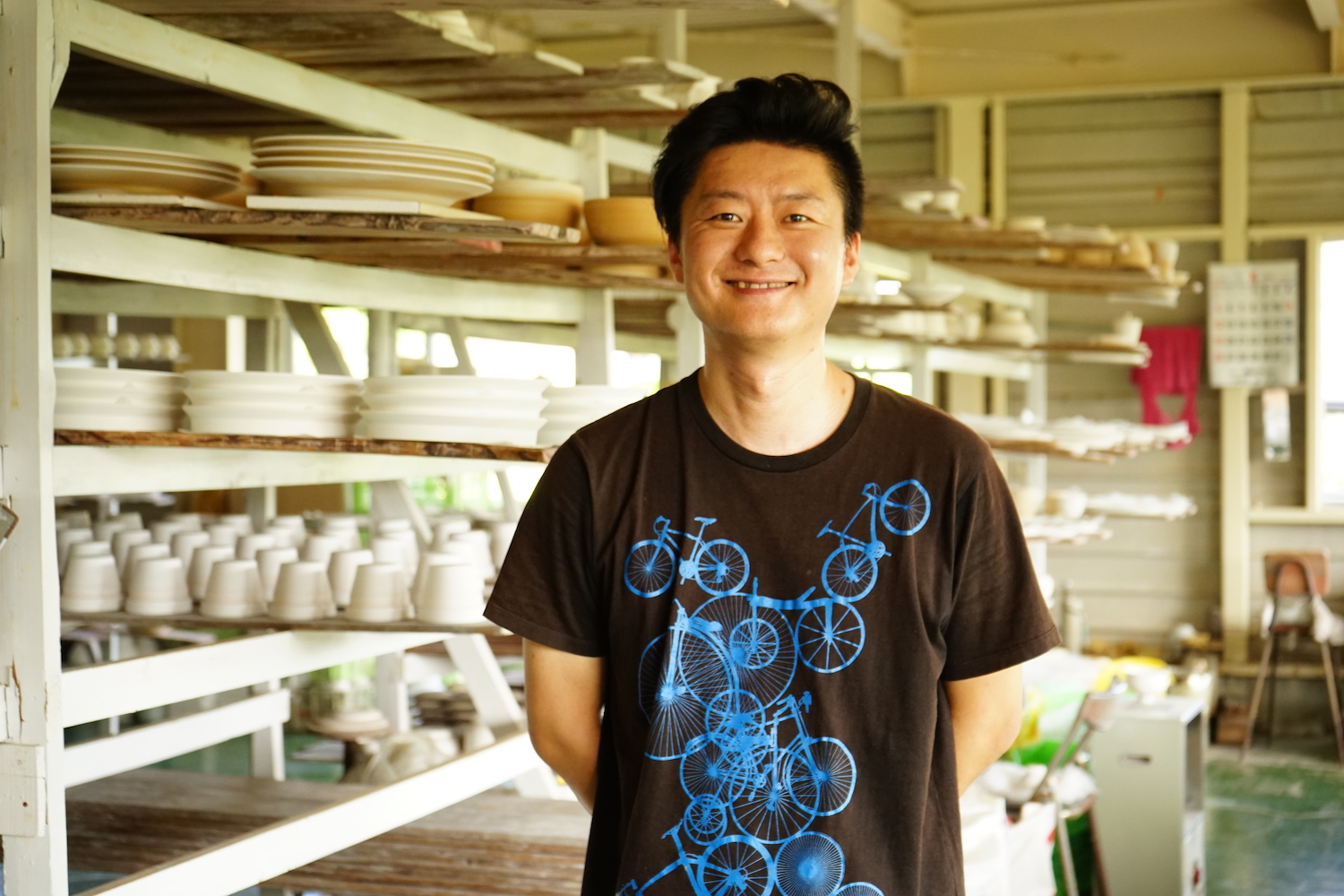Helen Frik

- Born: 1960
- Country: The Netherlands
- Discipline: Visual Artist
- Website: www.helenfrik.nl
Frik has drawn her whole life, and this activity is the motor that pulls images and ideas from the world and from her interiority. On paper, these diverse elements settle into a dialogue or a proposition which, when looked back at en masse, can be seen to function as associations and reactions, as an ongoing compendium of life. The decision to keep, catalogue and display these works as an historical collection led to the launch of The Frik Collection of drawings in 2005. One of the sources of nourishment for Frik is the museums and houses where artworks and every- day objects are collected and displayed. The implied usage of Frik’s own objects, in combination with the myriad other thoughts that emerge during the process of making, produce quirky, theatrical ceramics. In 2011 Frik established her own museum, the FCCM, which collects and de- acquisitions her ceramic works, exhibiting them in inventive display systems and collaborative contexts to highlight how ceramics have played a central role in the history of humans and their tools and resourcefulness. Her work has been exhibited in and collected by many major museums in the Netherlands, with shows in UK, France, Denmark and Germany. Helen Frik’s oeuvre is huge. Her materials, genres and modes of presentation are diverse.
She is a visual artist, concerned with space and material. Drawing has been her primary means of exploration and expression, these being also translated into installations, sculptures, outdoor commissions, applied art and prints. Her subject matter is the images, gestures, spoken words, scenarios and crucial moments that she collects as she lives, rechanneling them into vignettes of the fantastic and of everyday absurdism.
Project in Arita
- Period of Residency : September - November
- Sponsor : Mondriaan Funds
Long before the artist came to Arita, she was interested in the “layers” of time: pathways and the incredible lines and texture of a wooden board which were made by a carpenter after 15 years of use as his workbench when shaping and working his wood; an old Japanese book she found, riddled with bookworm holes, pages that are worn, stained or stuck together and in some cases rendered translucent with age. The artist tried to imply these textures, layers of time, and paths onto the porcelain pieces. She devised her own technique to form realistic bookworm holes in the porcelain and went on to create various tableware and other objects; her imagery being inspired by Japanese features she knew or had just met, such as manga, shunga, Shinto, the strength of surrounding nature, old prints, ‘fine’ porcelain, etc.
Interview

- Fujimaki Touen
- Kosuke Fujimoto (CEO)
Our pottery has been engaged in manufacturing in Arita since 1775 and production has now passed to the family’s 10th generation. I have been engaged in creative residency activities in Arita since 2016 and have supported the creations of various artists. Historically, our pottery has never had direct international dealings but this recent interaction has created a pleasant environment in a business sense. However, by accepting people from overseas and through the efforts of this artist residency, I have come to realise that a recent slump has been turned around into a boost for Arita. Rather than simply providing Arita's technology, I now believe that we should provide this technology from a more global perspective. We will continue to strive to support artists to realise their ambitions as much as possible within their three months, and to ensure that these results lead to better production and as such we are consciously committed to making Arita’s manufacturing truly global.
